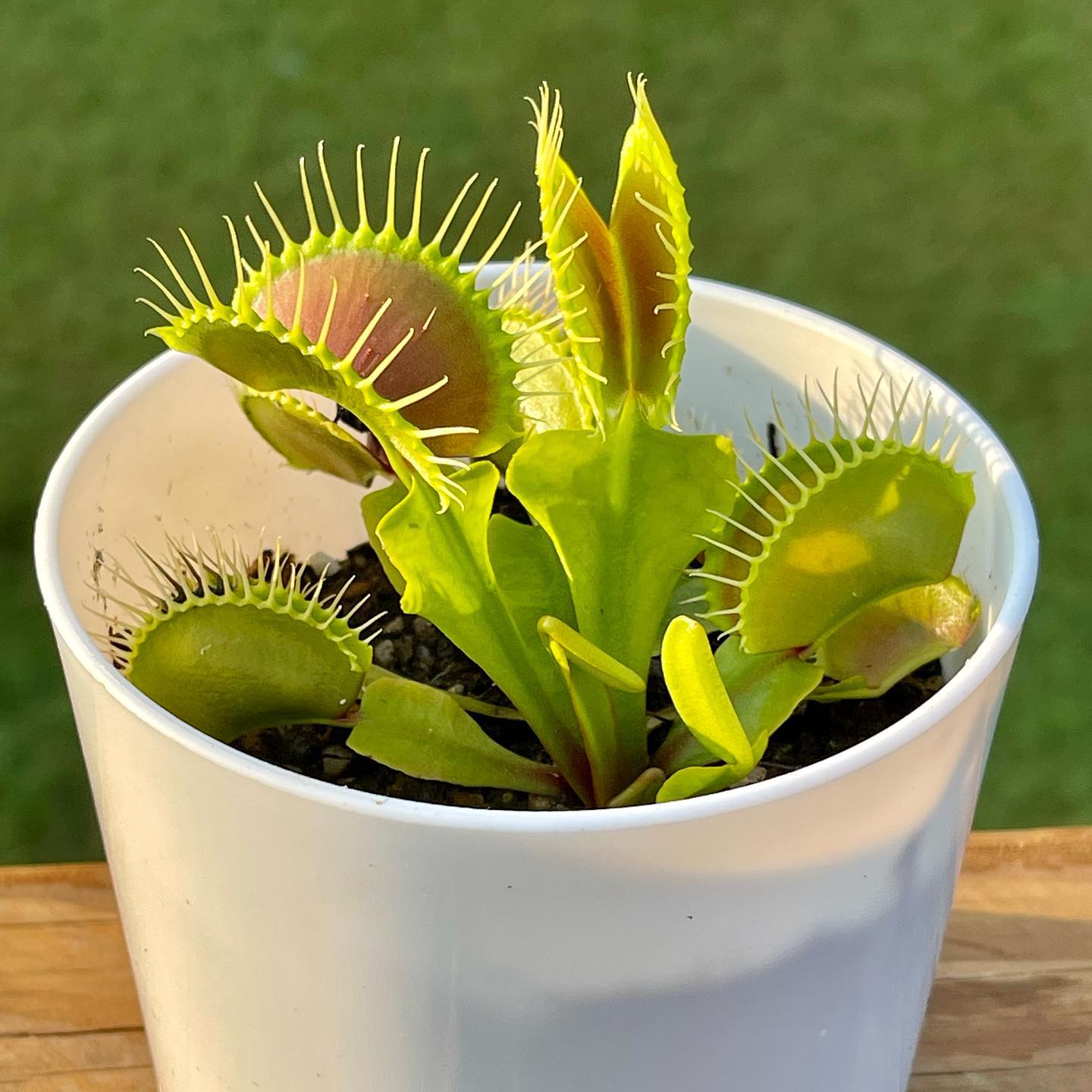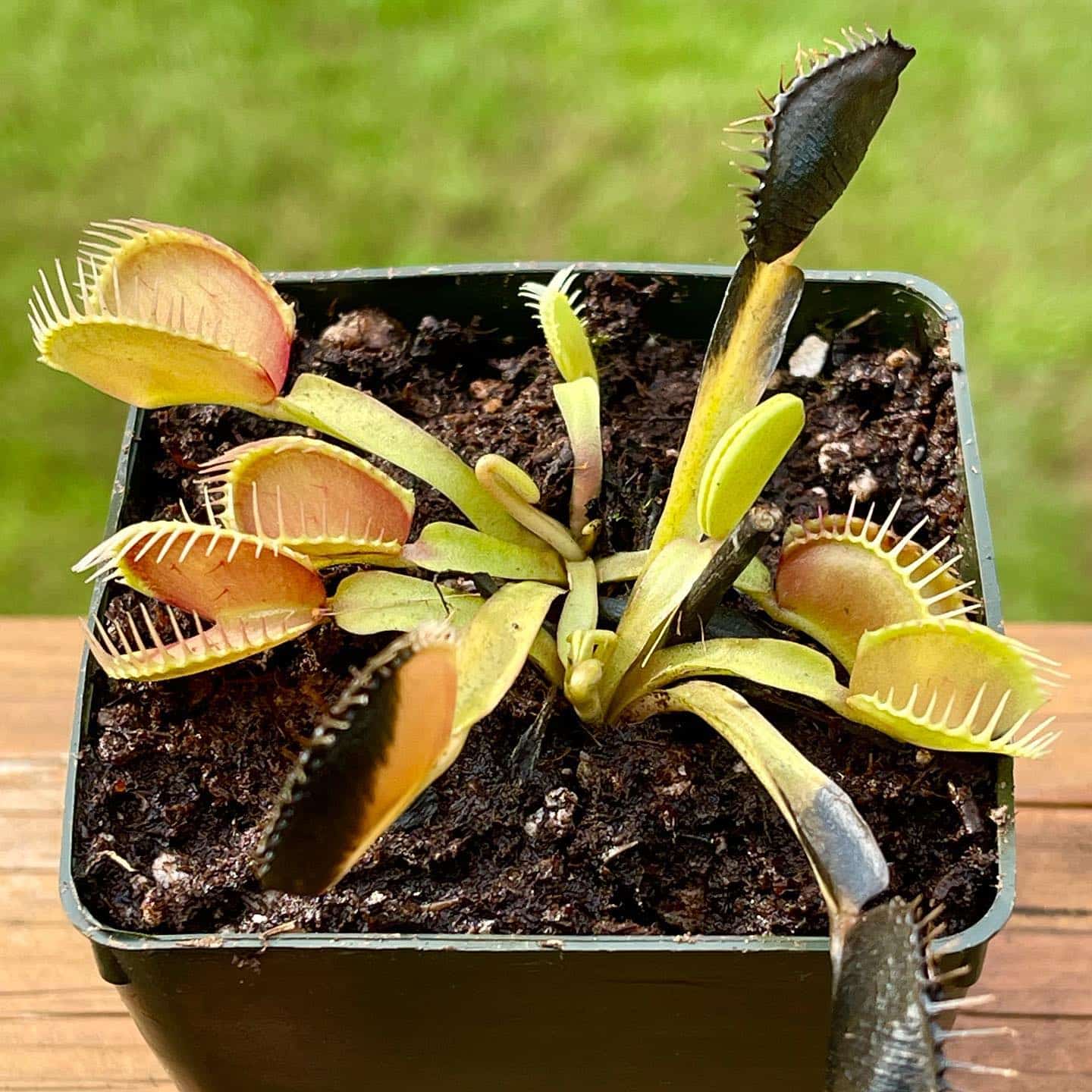It’s difficult to believe that your Venus Fly Trap undergoes color change, but the altering tinge tantrums may have many underlying reasons.
Moreover, some hybrid cultivars may exhibit uniquely beautiful colorations due to breeding.
So, follow this article to know why Venus Fly Trap is changing color and if your plant is healthy.
Table of Contents Show
How Many Color Of Venus Fly Traps Are There?
Primarily, Venus Fly Traps come in green and red colors with the reg straps on the trap edges.
The wild variety of Venus Fly Trap commonly comes in green coloration with red pigmentation on the trap margins.

Moreover, you can also find stunning cultivars with deep red-colored traps. The name of this cultivar is ‘Red.’
Additionally, another incredible variety named ‘Red Dragon’ comes in bright red color with deep red on the edges and inner side.
These varieties are a combination of red and green colors and look incredibly beautiful among all the varieties.
However, despite the popularity, there are no Blue, purple, or pink-colored Venus Fly Traps. If you find any of them, it’s due to mutation or genetic disorder.
Why Is My Venus Fly Trap Changing Color?
Basically, Venus Fly Traps may change their color due to the lack of proper growing conditions like sunlight and watering.
The red pigmentation on this plant acts as a sunscreen, but excessive sunlight may result in dark traps with red spots on the leaf base.
Additionally, the plant bears light color when young but becomes gradually darker upon maturity.
Also, the black or brown leaves with less colorful traps may also be due to dormancy. The plant will retain its colorful appearance again in the active growing season.
What Color Of Venus Fly Trap Is Healthy?
Generally, the healthy Venus Fly Trap bears only red or green color. Some plants may also bear mixed red and green colors.
However, traps are not the only indication of the healthy Venus Fly Trap. You must look at its leaves to determine whether the plant is healthy.
Generally, you can find green-colored Venus Fly Traps in colder climates where the plant cannot get enough sunlight.
Meanwhile, this plant can get enough light in warmer regions, resulting in bright red coloration.
However, when you feed too much water, the soggy soil may result in root rot causing black or white-colored traps.
Furthermore, the traps and leaves with spots indicate that the plant is unhealthy due to pests and pathogenic invasion.

Whenever you notice any spots on leaves and traps, use fungicides, pesticides, or neem oil to prevent them from infestation.
Moreover, water only when the top 2 inches of the soil feel dry and only feed carnivoros fertilizer.
From Editorial Team
Take Care Of Your Venus Fly Traps!
To make your Venus Fly Trap healthy, feed it with small insects once a month and repot the plant every 1-2 years.
Also, ensure the plant receives 6-8 hours of sunlight and water it with only distilled or rainwater.


